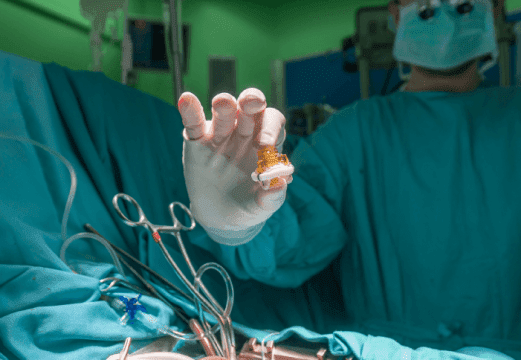Severe tricuspid regurgitation (TR) is an underestimated condition in healthcare systems. However, it is more common than believed, especially in individuals over 65 years of age. This condition is linked to hospitalizations due to heart failure, mortality rates, and a progressive decline in quality of life. Surgery to treat TR on its own is complicated,…
bRight: Impact and Safety of the TriClip Device in a Real-World Cohort
The clinical importance of severe tricuspid regurgitation (TR) has been underestimated for many years now. However, studies and registries have shown that, when left untreated, this pathology significantly increases morbidity and mortality. Patients in need of treatment are often older individuals with higher surgical risk due to the prevalence of this condition. Contemporary data has…
TriClip: Tricuspid Regurgitation Dedicated Device
Severe tricuspid regurgitation (TR) is difficult to manage and is associated to high morbimortality. Surgical repair is complex and not free from complications: its mortality rate ranges from 5 to 20% and depends on series, surgeon and center expertise. Edge-to-edge repair with clips has become a valid alternative to treat this disease, but most data…
EuroPCR 2022 | Real World Outcomes on Edge-to-Edge Tricuspid Valve Repair: 30 Day Outcomes of the TriClip bRight
This study was carried out to assess the safety and efficacy of the TriClip (edge-to-edge repair) in patients with severe tricuspid regurgitation with persistent symptoms despite medical treatment and high surgical risk. It is a prospective multicenter single arm study including 300 patients of mean age 78±7.6; 7.7% presented prior aortic intervention and 28% prior…



